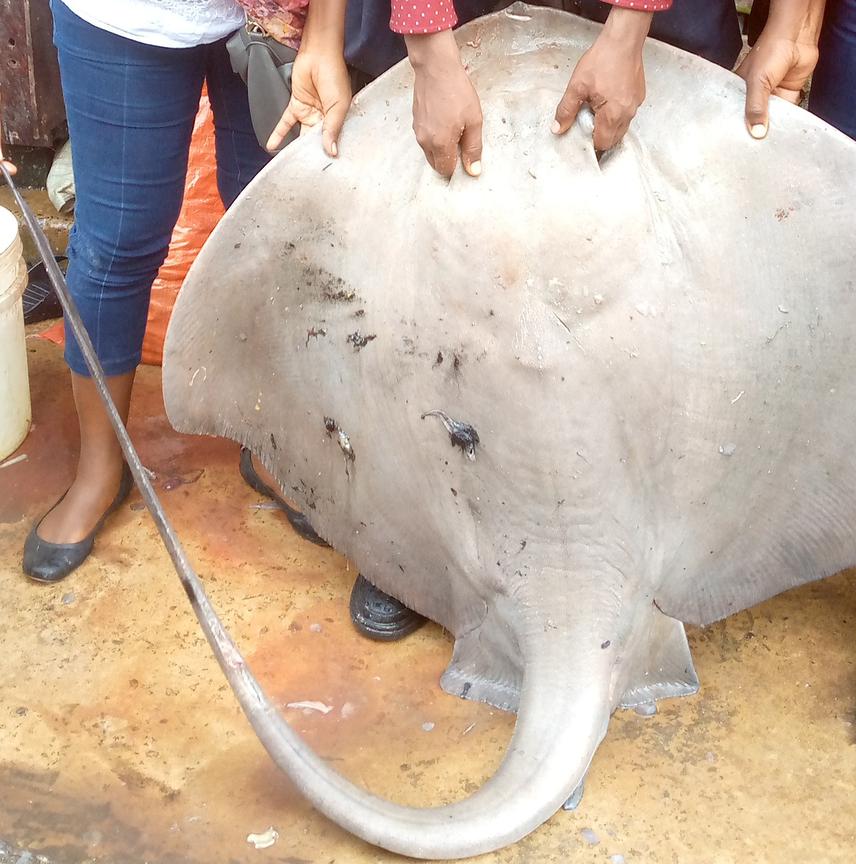Alex Nehemia
Other projects
24 Feb 2020
Increase Livelihoods Opportunities by Monitoring Fish Population and Human Activities in the Catchments Along the Lake Nyasa and Ruhuhu River, Tanzania
Overfishing, unintentional catches, habitat degradation, and loss have all contributed to the decrease of many Ray species. Whiprays of various sizes are killed off the Tanzanian coast for dried filets and liver oils, and their stomachs are cleaned, boiled, and turned into soup. To add to the stress, Rays are slow to recover when their numbers drop; they grow slowly, mature late, and have few young. In comparison to their relative elasmobranchs, sharks, Rays have received less attention. Overfishing, inadvertent catches, habitat degradation, and loss are all threats to Rays like the Whipray, Pateobatis jenkinsii, which is classified as Vulnerable by the International Union for Conservation of Nature (IUCN). To save them from extinction, serious measures must be taken. The goal of this project is to improve Ray fish population recovery through better conservation and management. The current genetic status of Ray fish from various landing sites along Tanzania's mainland and Zanzibar's coastlines will be assessed. Understanding their diversity, effective population size, and genetic connectivity can aid conservation and management efforts. The findings of this research project will raise awareness of the factors that contribute to a decline in threatened Rays, as well as to provide information to fishermen and other members of the local community on how to effectively conserve them and thus increase their catch and local communities' livelihoods.

Dr. Alex and Ms Catherine trying to carry a Ray fish brought by fishermen at landing site (Ferry) in Dar es Salaam.
Because of the fishermen's lack of adequate knowledge about species identification and the high diversity of Rays, communicating information with one other, government officials, and other stakeholders is difficult. The goal of this study is also to identify different Ray species in various landing sites across Tanzania's mainland and Zanzibar. Fish identification skills can help in sharing market information and establishment of laws.
The present pandemic of COVID-19 has been observed to have an impact on research operations, which is hampering efforts to conserve and manage marine resources, especially major commercial fish species such as Rays. This research will look into how COVID-19 has impacted the market supply chain in Ray's fish species. Finally, conservation and management strategies for vulnerable Ray species will be proposed.